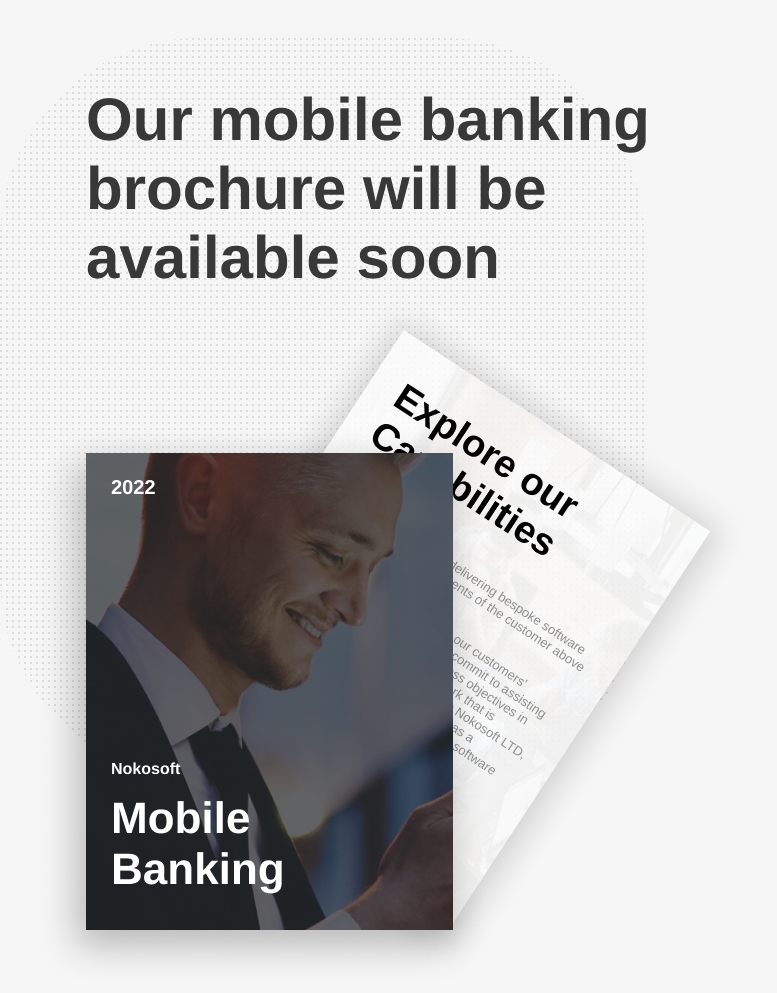The ultimate mobile app test checklist. What not to overlook.
The ultimate mobile app test checklist. What not to overlook.
Unless you’re a member of an indigenous group living in voluntary exile, you’ve almost certainly used a smartphone and at least one mobile application. Mobile apps are currently experiencing such a surge that their popularity cannot be overstated. Almost every business wants a mobile app: social and messaging, banking, food delivery, and retail. Of course, we want them to function properly and quickly. But how can you be sure when there are thousands of different mobile device types and platforms to choose from? We’ve created a mobile app testing checklist to make things a little easier.
Why do you need a mobile app testing checklist in the first place?
Mobile app testing helps you to assess the app’s quality and functionality. As is customary in life, you will be startled by a few elements you may not have considered. As a result, making sure your application is very trustworthy is always a good idea. After all, you want it to be designed and delivered in line with a variety of specifications so that it can do its job and satisfy the user.
Our Quality Assurance team places a high value on the dependability of mobile applications. Our is why we created this mobile app testing checklist, which includes five not-so-obvious points to consider during the testing process.
The ultimate checklist:
1 – Screen Orientation
Screen orientation is the first item on our mobile app testing checklist. The device’s sensor can identify when the phone’s orientation shifts from vertical to horizontal (known as portrait and landscape) and vice versa. This frequently necessitates a considerable modification in the application’s layout, which is crucial in mobile app development.
Your app must appeal to two categories of users: those who go mad when their phone flips orientation and those who don’t go berserk when their phone flips orientation. For those who alternate between the two screen orientations on a regular basis due to YouTube videos, Netflix movies, or a plethora of mobile games.
What is the best way to test mobile applications for rotation? It’s not a one-time rotation or tilt. Because these transitions might change not only the presented content but also the state of some elements, the screen rotation mobile test should be based on a considerably higher number of such cycles.
For aesthetic or functional reasons, several applications on the market do not enable screen rotation. If your application must be both horizontal and vertical, you should test it numerous times to ensure that the rotation of the interface between the two, as well as other modifications made during the process, do not result in:
- The application losing the entered data
- The application to change its state,
- The data after saving not matching what was presented previously.
2 – Data Input Sources
The vast majority of mobile applications follow a simple rule: users enter data (text, photographs, and videos) in some fashion, which is then processed through numerous activities. If your app falls under this category, you should ensure that it can handle the following during mobile app testing:
- When activated, the keyboard appears with the appropriate layout
- Inputs that allow both typed and copied material. While you’re there, have a look at the autocomplete and autocorrect options.
- One or more fingers are used. The application should be able to recognize and respond to relevant gestures or commands. Tap, double-tap, push and hold, multi-touch, swipe, pinch, and other common commands are included.
- the camera on the phone If necessary, the app’s camera should be able to recognize barcodes or QR codes in addition to taking images and videos. When a device has numerous front and rear cameras, the application should launch the appropriate one by default.
3 – Access Levels
Some of the mobile application’s features necessitate access to the device’s specific features. Allowing the app to use the camera or photo gallery is required if you wish to post a lovely selfie with your cat on Instagram. Contacts or a microphone are two more common accesses required by some applications.
However, the lack of consent should not prevent your clients from accessing the application’s other features. Users of the aforementioned Instagram should be able to access their photo feeds and watch stories without experiencing any issues.
When you’re testing permissions and accesses, think about whether:
- There are no issues in the application’s normal functionality when access is restricted or denied.
- Only the permissions that are absolutely necessary for the application’s normal operation are required.
- The failure of a program is not caused by rejecting some permissions during installation.
4- Connection Stability
The majority of today’s mobile devices offer numerous ways to connect to a mobile network, ranging from 2G to 5G. Wi-Fi or Bluetooth technologies are additional options. And the use of one of the aforementioned technologies is required by a large number of mobile applications. In other words, users won’t be able to use Instagram unless they have access to the Internet.
In this case, mobile app testing necessitates the answers to a few questions:
- What is the app’s approach to different forms of connections? A built-in utility in iOS allows you to simulate the type of connection. However, you can also use emulators or simulators.
- When switching between different connection modes, does the app work properly? This is critical when customers leave their home WiFi and immediately connect to their mobile internet once they are out of range.
- What happens when you use the app in airplane mode?
- Is it possible for the app to display information about a bad or no connection, as well as information regarding temporary offline activity?

